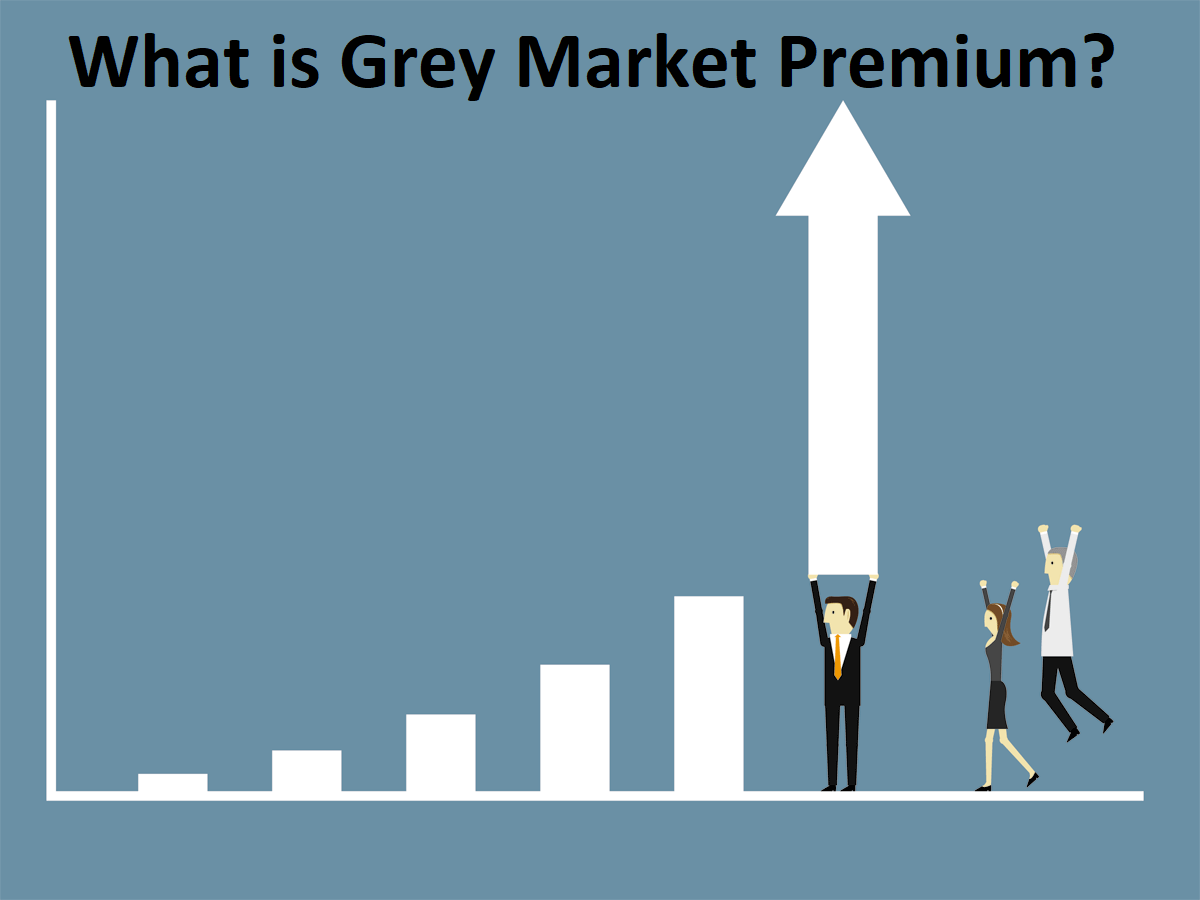The attention of retail and institutional investors alike gets captured by new issues in the stock market. Often monitored for the prospect of the listing performance, IPOs rely on informal, if nonofficial, indicators of investors in the form of Grey Market Premium (GMP). While GMP is not officially or legally recognized, it serves as a facilitator to gauge market demand before the stock is listed.
Before we consider how this might be an indicator of the listing price of an IPO, the basic difference between IPO and FPO needs to be understood. IPO, that is, Initial Public Offering, refers to a process whereby a company offers its shares to the public for the first time by listing them on the stock exchange. FPO (Follow-on Public Offer) is when a company already listed on the stock exchange issues further shares to the public to raise further capital.
The IPO could be issued by large, established companies or smaller enterprises through the SME IPO route. SME IPOs are specifically designed for small and medium-sized enterprises looking to raise capital and get listed on certain SME platforms within stock exchanges.
Grey Market Premium Defined
The Grey Market Premium is the unofficial price at which IPO shares trade in the informal market before their official listing on stock exchanges. This market is free from the regulations of stock exchanges and operates basically on supply and demand offered by prospective investors, dealers, and traders.
Let us say the issue price of an IPO is ₹100, and the GMP is ₹25; this means that the stock is trading at ₹125 on an unofficial basis before listing. To know how much interest the public is having, these [participants] in the market are constantly keeping track of the GMP.
How a Grey Market Premium Predicts IPO Listing Price
Though unregulated and unofficial, the Grey Market Premium gives an early indication of the demand for an IPO. Here is how GMP connects with the prospective listing price:
1. The Demand Sentiment Before Listing
When GMP trends positively and remains accelerating before listing, it sends a buy signal to the informal market participants. More often than not, this perceived demand correlates with higher bidding levels during the IPO subscription process. If the IPO is successfully oversubscribed, especially in retail, HNI, and Institutional categories, the actual listing price tends to strike a chord with or even exceed the unofficial GMP levels.
On the contrary, diminished or negative GMP signals may indicate that the market is losing interest by the time of listing, and therefore, such a condition would also reflect weak listing performance.
2. Account for Market Conditions and Valuation
GMP moves respond mainly to the prevailing market sentiment, peer company valuations, and recent IPO performance. Higher GMPs, and therefore, price expectations, occur when market conditions are stable and other IPOs in the sector are performing well. This higher GMP, then, is an early predictor of listing prices, even if things can go awry depending on subscription numbers and institutional interest.
For SME IPO situations, where liquidity and market depth differ from mainboard IPOs, the GMP movement can still give direction, but with a much wider margin in this situation.
3. Coincide with the Informal Trading in IPO Applications
In the grey market, such trading is sometimes done for IPO applications before allotment. The price at which these applications are exchanged usually corresponds to the GMP prevailing at that time. A very high application premium indicates expectations for a higher listing price. Though this market functions separately and independently of the recognized stock exchanges, its pricing equations indirectly send messages about anticipated listing behaviors.
Limitations of Grey Market Premium
GMP, besides giving an outlook, has limitations:
Officially, it is not recognized and is not regulated by any of the market authorities.
It can fluctuate on account of speculative trading rather than actual demand.
Broader market conditions and any fundamentals of the company will also determine the final determination of listing prices, but some of these may not be reflected in the set GMP values.
Conclusion
Understanding the difference between the IPO and FPO and the way informal indicators like Grey Market Premium work can be a good way to inform the evaluation of public issues by investors. In that sense, GMP, as an early indicator of sentiment toward both the mainboard and SME IPO listings, should naturally be viewed together with official subscription data and company financials. Keeping track of GMP trends can provide an idea of what is expected on the listing path, while appreciating that this forecast is informal and speculative.
Related Reads
- Saudi Arabia Bioplastics Market Expansion, Share, Growth and Research Report 2025-2033
- Manganese Casting: High-Quality Solutions by Akjay International LLC
- Professional Accounting Services in Calgary – Real Estate Accountant Expertise
- Quick Tips for Buying Appliance Parts Online
- NSFW AI Chatbots and Image Generators in 2025



